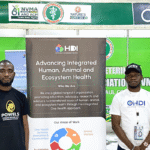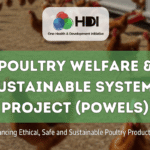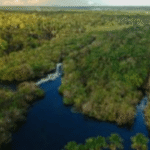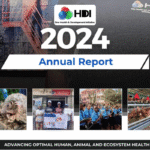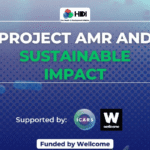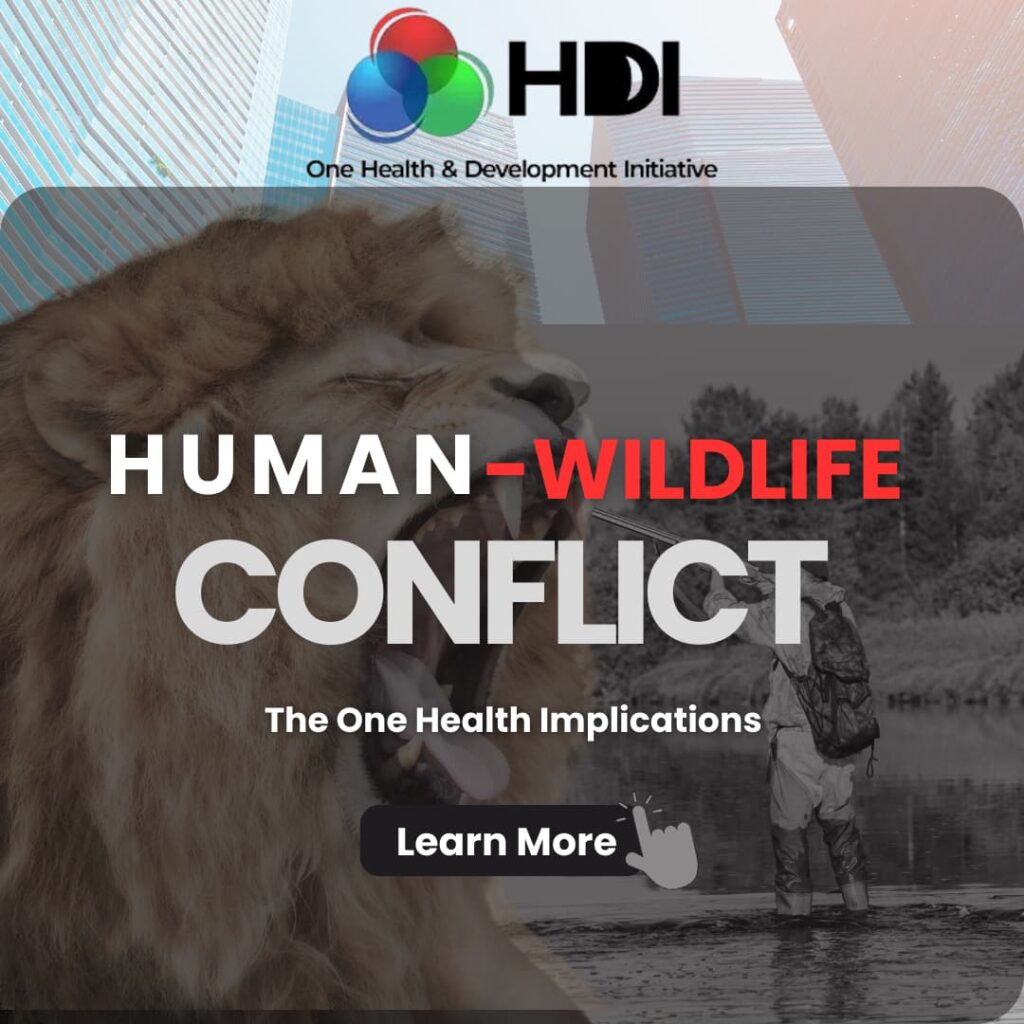
As time goes by, the conflict between humans and animals is ever-growing. How? As the demand to satisfy human needs grows, humans have found themselves encroaching on and competing with wild animals for their habitats. This does not only serve as a threat to the wild but also to our own existence. The consequences of human encroachment on wildlife habitats are more detrimental than beneficial. What will happen when diseases like COVID-19, Lassa Fever, Anthrax, and Ebola become more frequent? In this article, the discussion centers on the One Health implication that could arise from mediating the human-wildlife conflict. Here, we go deeper into what the human-wildlife conflict is, the public health challenge associated with it, and the potential solutions.
What is human-wildlife conflict?
The International Union for Conservation of Nature (IUCN) sees human-wildlife conflict as the negative consequences that arise from interactions between humans and wild animals. These interactions occur when wild animals enter human environments due to proximity, leading to the destruction of livelihoods, property, or even the loss of life. Conversely, humans threaten wildlife through habitat destruction or by killing animals perceived as threats.
Numerous incidents illustrate this conflict, particularly in countries like India and in areas near game reserves, national parks, and other protected regions.
The IUCN warns that such confrontations risk decreasing animal populations. Additionally, humans are at risk of zoonotic diseases due to close contact with wild animals. Overpopulation and habitat destruction for human settlement are the primary drivers of this conflict. Deforestation, for example, exposes species like bats, buffaloes, foxes, and snakes, leading to population declines and health risks for humans.
In response, conservationists advocate for clear demarcation between human and animal spaces, benefiting both wildlife conservation and preventing disease spillovers. This approach also helps mitigate climate change by reducing deforestation.
Challenges from Human-wildlife conflict
Disease outbreaks have been pointed out as a possible outcome of the human-wildlife conflict. The way in which this works varies from species to species that are being rendered homeless. For example, the destruction of forests—one of the dwelling places for bats—poses a significant health challenge; it exposes humans to many risks of contracting diseases. Bats are known to be carriers of a number of diseases, such as rabies, SARS-COVID, Marburg, and Ebola. Another example would be buffalos, which are known to transmit bovine brucellosis in humans. So, it can’t be denied that when humans destroy habitats for bats and burn bushes where buffalos live, an outbreak of Ebola or brucellosis will be inevitable.
The loss of biodiversity is another challenge. Reduced biodiversity would mean deprivation from enjoying the essential ecological functions that the extinct species play. The emphasis here is that the more biodiverse species there are, the more balanced the ecosystem is to sustain human, animal, and plant life. For example, deforestation would incapacitate the pollinating abilities of birds, thereby affecting food production and flora preservation. Moreover, the Amazon Forest absorbs a significant portion of carbon dioxide that enters the atmosphere. This same environment is home to the 6400-kilometer-long Amazon River, which sustains a number of people with essential amenities like food, water for agriculture, and medicine, to mention but a few. Therefore, it is important that we preserve biodiversity by mediating human-wildlife conflict.
Mediators to avert this conflict
Humans are responsible for mediating human-wildlife conflict. We must recognize the dangers of invading wild spaces and develop strategies to mitigate these risks. Increased human contact with wildlife not only harms animals and plants but also endangers human health and exacerbates climate change effects. Key mediation strategies we could adopt include:
- Strengthening laws and policies in protected areas: There should be an increase in the scope and depth of coverage in protected areas law and policy. This include anti-poaching laws that protect endangered species from illegal hunting and trade.
- Close observance of laws and policies on protected areas: Commitments of human, technological, and financial resources should be realized, and harmonized to avert encroachers in protected areas.
- Promoting community engagement and education: We must raise awareness and involve local communities in conservation efforts. There is also the need to educate the public about the importance of wildlife protection and the risks of habitat encroachment.
- Supporting international collaboration: By working with international organizations and neighboring countries, we can address cross-border wildlife conservation issues, including human-wildlife conflict. This would encourage the sharing of best practices that could lead to optimal outcomes.
Conclusion
In conclusion, the intricate relationship between human-wildlife conflict and One Health is incontestably complex and multifaceted. The consequences of this conflict extend beyond immediate physical impacts, affecting environmental health, public health, the economy, and social stability. As humans, it is our duty to mediate this conflict. Human-wildlife interactions threaten the existence of all the species involved. Strengthening and strictly implementing legal and policy frameworks for protected areas can lead to better outcomes for human, environmental, and animal health.
To mitigate the human–wildlife conflict, we must embrace the One Health approach. By doing so, we will be able to protect our ecosystems and wildlife and also safeguard human health and well-being, thus promoting harmonious coexistence between humans, animals, and the environment.



